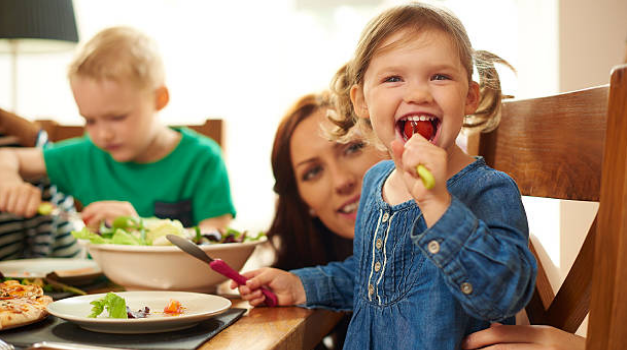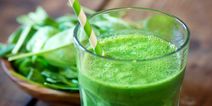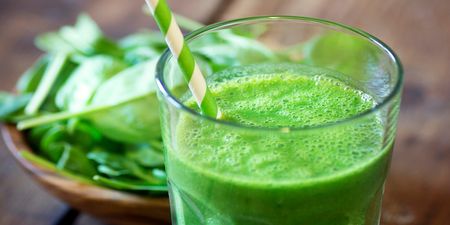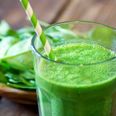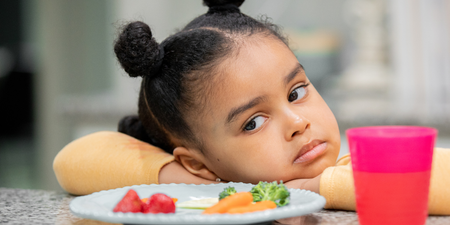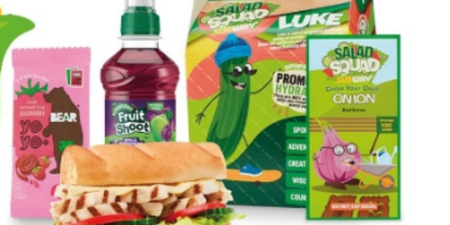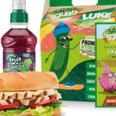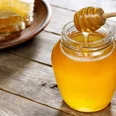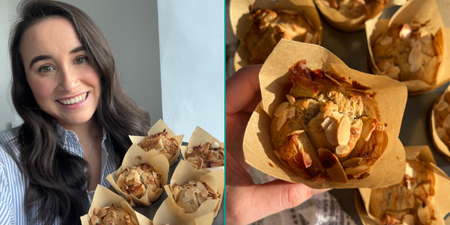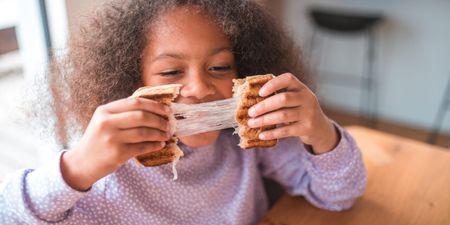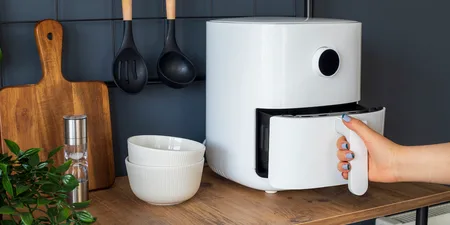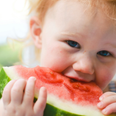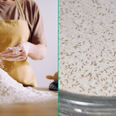Oh, those little energetic bundles of joy.
At the age where they continue to understand and unravel the world around them, not to mention the growth spurts and the many food preferences or hates, just what should we be feeding them?
Well, for a start it’s recommended that we shouldn’t try to make them finish what’s on their plate. This may seem very obvious but any anxious parent, concerned about their baba’s wellbeing often finds themselves in such a position, trying desperately to get in all those nutrients.
In truth, allowing children this young to eat whatever amount is comfortable for them is an ideal way to start them off on the right path to a healthy eating lifestyle.
So, let’s get into the scrumptious food we can serve our little ones. The good news is the younger they are introduced to the likes of fruits and veggies, the more likely they are to eat them. Hurray!
Providing carbohydrates and starchy foods such as porridge, healthy breads, pastas, couscous and brown rice is key. Often children this age will be very plain eaters, and it can work best if we don’t begin mixing lots of fruit into their morning porridge, like many of us enjoy ourselves.
Nonetheless our youngsters need their fruit and veg, which they can indulge in over each of their little 5 meals a day, recommended by the HSE. Think bananas, blackberries, blueberries, strawberries, kiwis and peaches. If your little one isn’t the biggest fan of fruit, simply provide more vegetables during meal times and for snacks – all that goodness will do wonders.
Veggies like brussels sprouts (particularly delicious when chopped up into smaller pieces and roasted), peppers (huge amounts of vitamin C in those), cherry tomatoes, leeks (perfects for a potato and leek soup too), onions, mushrooms, spinach and green peas.
Protein is super important for cell growth and replenishment. Although there’s plenty of protein with eating sufficient amounts of vegetables – eating the likes of beans, chickpeas, lentils, nuts and tofu is also recommended. Although be aware, children under 5 can easily choke on nuts so be sure to chop them up or have them try peanut butter instead.
Chicken, meat, and eggs are also good. And for that dose of extra vitamin D and omegas, why not have your four-year-old try fish, like mackerel or herring.
No matter how hard we try, our little tots will undoubtedly get their hands on sweet treats, even if you happen to be a parent that doesn’t allow sugary snacks in the front door. However, when it comes to birthday parties and day trips, it’s recommended we don’t make a fuss over these. They’ll soon forget about them.
Here’s a quick and easy recipe to try out and your little one might even enjoy helping during the veggie process.
Tomato spaghetti veggie jumble (serves 8)
This dish is an excellent way to make meal time fun (who doesn’t love playing with spaghetti) and a fabulous way to introduce those vegetables.
Ingredients
Handful of basil
1 little onion
2 cloves of garlic
2 x 400g tins of chopped tomatoes
450g wholewheat spaghetti
10g parmesan cheese (vegetarian options are available)
Olive oil
Method
1. Pop the basil leaves onto a chopping board and cut both leaves and stalks very finely. You can keep a few to garnish the dish at the end.
2. Peel and chop up the onion very small as well as the garlic.
3. If using fresh tomatoes, chop these up very small too, otherwise you can whip out a saucepan, put on medium heat and add a tablespoon of olive oil. Add the chopped onion and let it warm for about 5 mins. Then add the tin of tomatoes or chopped tomatoes.
4. Throw in the basil and garlic. Feel free to add a teeny pinch of salt and pepper. Continue cooking for about 15 minutes and don’t forget to stir often.
5. Carefully fill a large pot with boiling water and keep it on the boil.
6. Add the spaghetti and cook according to instructions given, until al dente – not to soft but not hard.
7. Take a little cup of water from the pot for later.
8. Once the spaghetti is cooked, drain and mix into the tomato sauce in the pan. If it’s too thick, you can add that cup of water to the mix.
9. Drop the basil leaves on top of your meal and finely grate some Parmesan cheese over the top.
The fantastic thing about spaghetti and the likes is you can add whatever vegetables you wish to the mix. Once they’re chopped up small, the little ones tend to munch through their dinner no problem. Enjoy!
